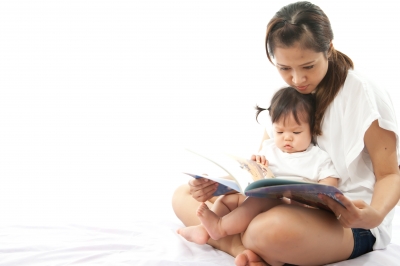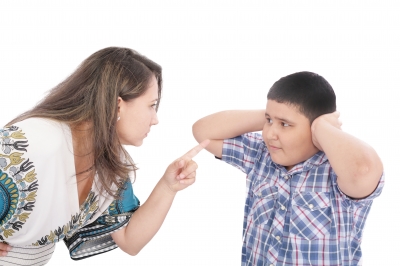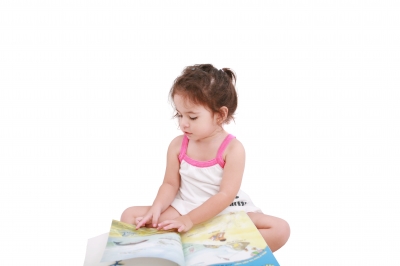
Parenting a Beginning Reader: Learning How Books Work
April 9, 2014
Give Up the Screaming Habit
April 17, 2014





You may be able to remember instructions from your parents or teachers about taking care of books. I still feel a twinge when I set a book down on its open pages, and I never leave it there for long.
Respect and care for books can be modeled and taught, enriching for children the notion that books are friends that when tended can bring joy.
Think for a minute about your relationship with books and with reading. Does your child see you reading for pleasure? Do you value and take care of the books you own?
You can teach respect for books by encouraging your child to set aside a special place for his books – a low shelf or plastic crate where he can reach the books by himself, or in a corner with a comfy spot for reading close by.
Encourage your child to organize her books in their space, putting like books together. Allowing her to decide how to organize them – by subject, by color, by size – helps her to grow in observational skills, and categorizing and sorting skills. If she enjoys this activity, she can re-sort and reorganize whenever she likes. In this way, pre-readers can enjoy books without help and in a way that doesn’t require reading.
You can model and explicitly teach ways to take care of books – don’t eat or drink while you’re reading, avoid dog-earing pages, keep crayons away, and of course, don’t set the book down on its open pages.

Read It, Don’t Eat It! by Ian Schoenherr is a humorous way to open a discussion about how to care for books.
Blogger Sandi Staud shares her expertise on diagnosis and intervention for learning disability in early childhood. If you have questions, please contact Director of Learning Programs Carmen Mendoza at .
Image courtesy of David Castillo Dominici at FreeDigitalPhotos.net